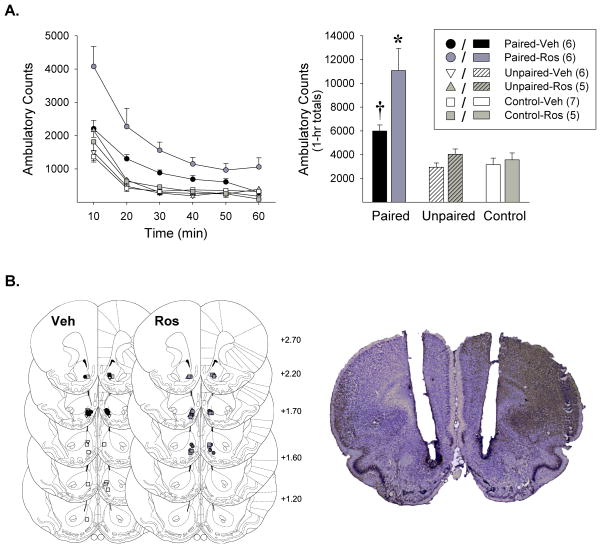Figure 2. Microinjection of the cdk5 inhibitor roscovitine (Ros) into the NAcc exclusively on the test for conditioning enhances the expression of amphetamine-induced conditioned locomotion.
One week after exposure to amphetamine or saline in the open fields, rats were administered NAcc vehicle or Ros followed 30-min later by a systemic saline injection and returned to the open fields where their locomotor activity was assessed for 60-min. (A) Locomotor activity observed on the test for conditioning. Data are shown as (left) group mean ambulatory counts (± SEM) over the 1-h of testing and as (right) 1-h group mean totals (+ SEM). *, p<0.05, relative to all other groups. †, p<0.05, relative to NAcc-Veh treated Unpaired and Control groups. (B) Line drawings depicting location of microinjection cannula tips in the NAcc shell for rats included in the data analyses (left). Numbers indicate mm from bregma. The photomicrograph to the right shows a representative cresyl violet stained brain section with bilateral cannula tracks targeting the NAcc shell. n=5–7/group.

